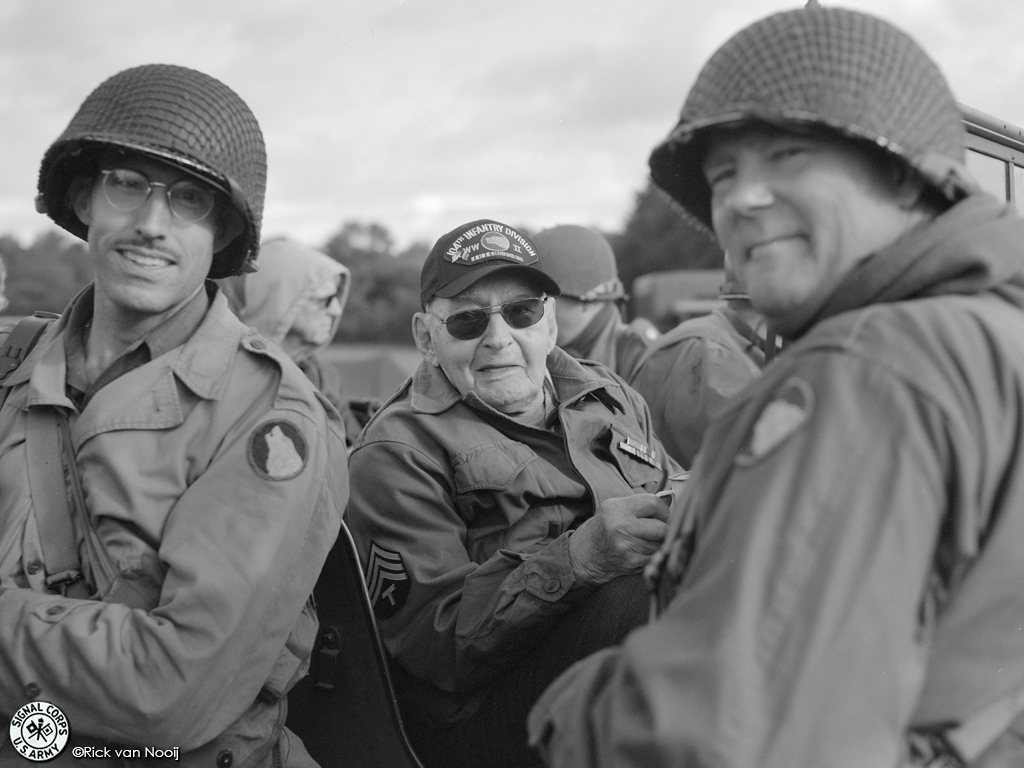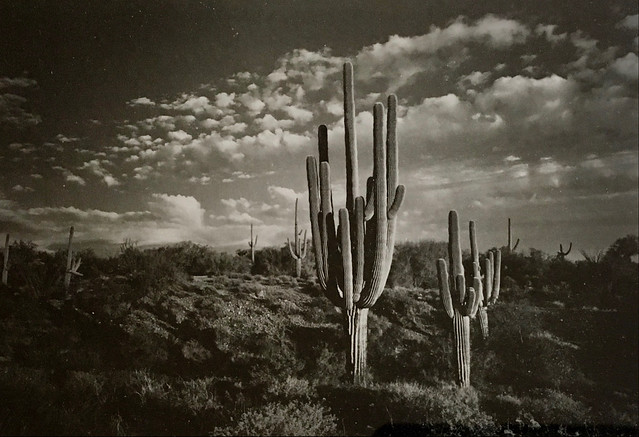Mr_Flibble
In Tabulas Argenteas Refero

Operation Pheasant 1944-2023
Anni Speed Graphic 4x5, HP5+, slightly cropped

 Studebaker by Mike, on Flickr
Studebaker by Mike, on FlickrI don't have a 4x5 handy but here's a 5x7" contact print on Azo

Michael and his wife Paula Chamlee were the people who kept Azo alive for decades after Kodak had discontinued it, and then went on the hunt to produce its follow-up, Lodima, in Europe. Their Azo forum was a very lively place.A long ago....Michael Smith came to my office and wanted me to purchase one of his AZO ultra large camera prints.
I ended up buying a print along with his signed book which also has prints. If I remember correctly, Michael and his wife (also a very good photographer) were stock of AZO when nobody else had any.

 Makiflex 150 Xenar F11 Octobox 50 Ortho Commercial 9x12cm by Nokton48, on Flickr
Makiflex 150 Xenar F11 Octobox 50 Ortho Commercial 9x12cm by Nokton48, on FlickrIs this the Fomapan 100 Rodinal combination again? It’s both distinctive and lovely.
Yes, same again. It is a rather stupid but longlasting habit of mine to add 1/3 of an f-stop to any film I use, so it was ISO 80. Dilution was 1:50.Is this the Fomapan 100 Rodinal combination again? It’s both distinctive and lovely.
Do you shoot the film at ISO 100? What dilution of Rodinal do you use?


What exactly did you find awkward? The process or the results?Very nice. Sheet film always seemed awkward to me whichever way I developed it. I used to develop hundreds of sheets of Kodak SO-163 electron microscope film weekly at a lab where I worked. I figured it out, but it always made me uncomfortable.
Physically handling hundreds of sheets and keeping them individually labelled was hard. Consistent agitation to completely avoid uneven development was challenging. I tore my hair out because of occasional unevenness until I set up a nitrogen burst large tank development system. It did not help that a lot of the applications had extremely high technical requirements - and the images often had large areas of totally even tone which showed any unevenness very clearly. The technical requirements of the film - high contrast developed in D-19 complicated things further. It was a steep learning curve.What exactly did you find awkward? The process or the results?
Sounds like hard work, so much different from my leasurely meanderings...Physically handling hundreds of sheets and keeping them individually labelled was hard. Consistent agitation to completely avoid uneven development was challenging. I tore my hair out because of occasional unevenness until I set up a nitrogen burst large tank development system. It did not help that a lot of the applications had extremely high technical requirements - and the images often had large areas of totally even tone which showed any unevenness very clearly. The technical requirements of the film - high contrast developed in D-19 complicated things further. It was a steep learning curve.
Oh, and the sheets were 3.25x4 inch. This made them harder to handle than a more rectangular sheet.
And, more than anything, doing it right and doing it fast. I usually had one shift per week to get the sheet film development done. There was a lot of pressure.

